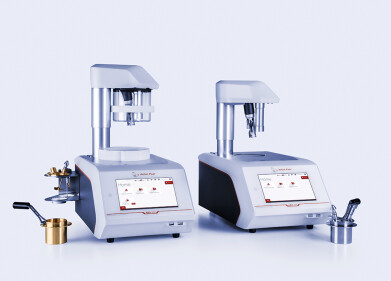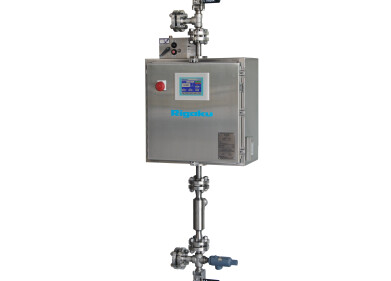Measurement and Testing
How Does Rheometric Polymer Characterisation Work?
Jun 29 2022
Rheological properties can have a big impact on the behaviour and performance of polymer materials. For applications where properties such as yield stress, viscosity, compliance and relaxation time are critical, rheometric polymer characterisation is an invaluable tool.
Defining rheology
To understand how rheometric polymer characterisation works, it’s important to define rheology. The term describes a branch of physics dedicated to studying how materials flow and deform when exposed to stress or applied force. The physical properties that influence these behaviours are classed as rheological and depend heavily on molecular structure. This includes characteristics such as mass distribution and long-chain branching. Rheological data can unlock valuable information about the molecular structure of polymers and their suitability for different applications.
Mapping the flow and deformation behaviours of polymers
From single-use packaging films to ultra-durable composite materials, polymers are all around us. When it comes to developing polymer products, rheology is a gold-standard method for analysing mechanical properties.
American-based scientific instrumentation manufacturer Thermo Fisher is a global leader in rheometric polymer characterisation. Instruments like the Thermo Scientific™ HAAKE™ MARS™ iQ Air Rheometer are designed to meet the needs of even the most demanding polymer research and development laboratories.
“Due to their chemical structure and high molecular mass, polymers exhibit complex flow and deformation behaviour. As so-called viscoelastic samples, they possess viscous and elastic properties,” reads a product compendium published by Thermo Fisher.
“Which behaviour dominates depends on the molecular structure and the test or process conditions. Understanding the viscoelastic properties of a polymer in its molten state is essential to define and improve processing conditions as well as to develop products for specific applications.”
Using rheological data to enhance product performance
In the building and construction industry, rheometric polymer characterisation is used to enhance the performance of materials. A recent report published in the journal Materials explored how polymer modifiers affect the rheological behaviours of hydrated cement. Using rheometric polymer characterisation techniques, the team were able to assess the performance of modifier-enhanced mixtures based on viscosity and structural failure.
“The test results showed that the most important factor influencing rheological characteristics is the addition of methylhydroxyethylcellulose additive - the higher additive amount in the emulsion, the higher the viscosity,” reads the article.
From improving product performance to carrying out quality control, polymer characterisation techniques are used across a wide range of sectors and industries. Find out more about complementary methods, including Differential Scanning Calorimetry (DSC) and Near-Infrared (NIR) Spectroscopy, in our in-depth guide, ‘Polymer Characterisation - Techniques, Types & Properties'.
Digital Edition
PIN 25.5 Oct/Nov 2024
November 2024
Analytical Instrumentation - Picturing Viscosity – How Can a Viscometer or a Rheometer Benefit You? - Sustainable Grease Formulations: Evaluating Key Performance Parameters and Testing Method...
View all digital editions
Events
Nov 26 2024 Paris, France
Nov 26 2024 Amsterdam, Netherlands
Nov 27 2024 Istanbul, Turkey
Biogas Convention & Trade Fair 2024
Nov 27 2024 Hanover, Germany
Dec 03 2024 Dusseldorf, Germany



















